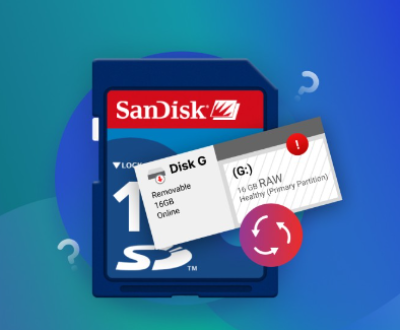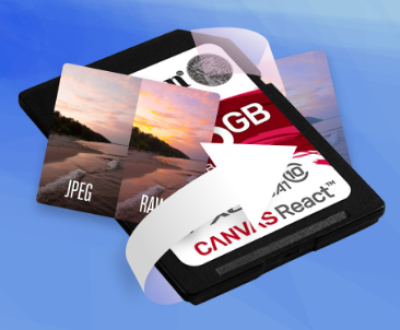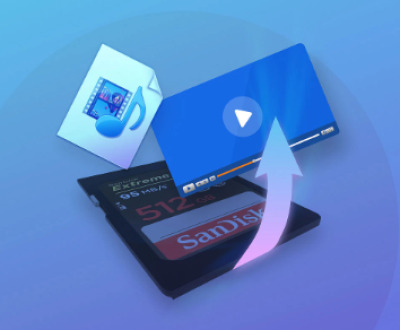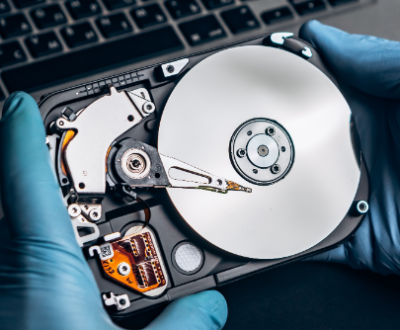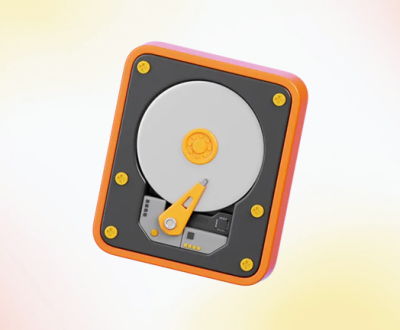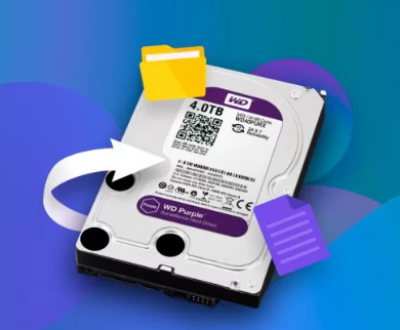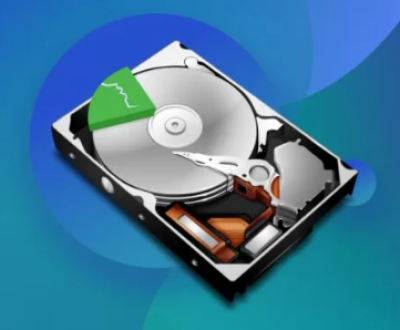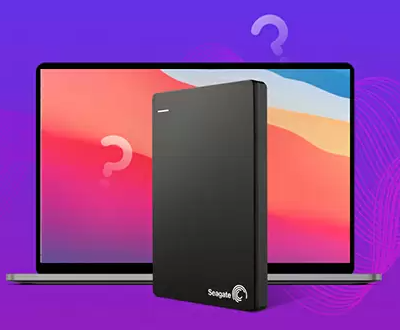Losing precious photos due to accidental deletion or corruption can be frustrating. Whether you’ve deleted them intentionally, suffered a system error, or your SD card became corrupted, there is often a way to retrieve them.
1. Stop Using the SD Card Immediately
The first and most crucial step when you realize your photos are missing from your SD card is to stop using it. When files are deleted from an SD card, they are not immediately erased; instead, the space they occupy is marked as “available” for new data. If you continue to use the SD card after deletion, there is a risk that new data could overwrite the deleted photos, making recovery difficult or even impossible.
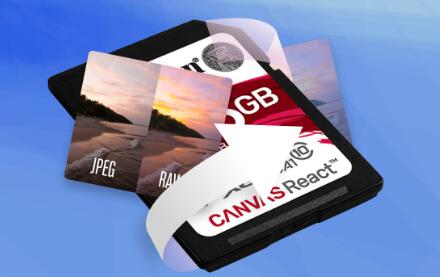
2. Check the Recycle Bin or Trash Folder
Before jumping into more advanced recovery methods, check if your deleted photos are in the Recycle Bin or Trash folder. Many modern devices, such as digital cameras or smartphones, place deleted photos in a temporary folder before they are permanently erased. If your SD card is being used in a camera or mobile device, see if it has a built-in “deleted photos” or “recently deleted” section where your pictures might still be.
3. Use Data Recovery Software
If the photos are not in the trash, data recovery software is your next best option. These programs scan your SD card for “orphaned” files—files that haven’t been overwritten yet but are no longer indexed by the file system.
Popular Data Recovery Tools for SD Cards
There are many excellent data recovery software options available, both free and paid. Some of the best include:
Recuva: One of the most popular free options, Recuva is known for being easy to use and effective at recovering deleted files, including photos, from SD cards.
EaseUS Data Recovery Wizard: This is a comprehensive recovery tool that can handle not just photos but a variety of file types. EaseUS supports both Windows and Mac and offers a simple, user-friendly interface.
PhotoRec: A powerful, open-source tool that specializes in recovering lost files from various media types, including SD cards. PhotoRec works with Windows, Mac, and Linux, and is particularly good for recovering photos, videos, and documents.
Disk Drill: A versatile tool that provides data recovery for multiple file types, including photos. It’s known for its high recovery success rate and a clear, intuitive interface.
Steps to Recover Deleted Photos Using Recovery Software
Download and Install the Software
First, download the data recovery software on your computer. Make sure to install it on a different drive (not the SD card) to avoid overwriting any recoverable data.
Insert the SD Card into Your Computer
Use a card reader to connect the SD card to your computer. If your laptop or PC has a built-in SD card slot, you can directly insert the SD card.
Select the SD Card for Scanning
Launch the recovery software and choose the SD card as the device you want to scan. Most tools will display the SD card as a separate drive once it’s connected.
Choose the Type of Scan
Depending on the software, you’ll usually have the option to run a “quick scan” or a “deep scan.” A deep scan takes longer but may find more files, especially if the SD card has been used after the deletion.
Start the Scan
Initiate the scan and wait for it to complete. The software will search for recoverable files, including photos that were deleted but not yet overwritten.
Preview and Recover Files
Once the scan is complete, the software will show you a list of recoverable files. Many programs allow you to preview photos before recovery. Select the ones you want to recover.
Save the Recovered Photos
Save the recovered files to your computer (not the SD card). It’s important not to save them back to the same SD card, as this could overwrite other files that may still be recoverable.
4. Recover Photos from a Formatted SD Card
Sometimes, instead of accidental deletion, you might find that your SD card has been formatted. A format erases the file system, but it doesn’t always wipe the data itself. If you’ve formatted your SD card, you can still recover your deleted photos.
Using Data Recovery Software After Formatting
The steps to recover photos from a formatted SD card are similar to those for recovering deleted files:
Stop Using the SD Card
As with deleted files, avoid using the SD card after formatting to prevent overwriting.
Run a Deep Scan
When using recovery software, always choose the deep scan option. Formatting doesn’t completely erase the data, so the deep scan will help recover lost files by searching for “orphaned” data.
Recover the Files
Once the scan is finished, check the results and recover your photos as explained earlier.
5. Use a Professional Data Recovery Service
If the above methods don’t work or your SD card is physically damaged, a professional data recovery service may be your only option. These services use advanced tools and techniques to recover files that cannot be retrieved with consumer-grade software.
When to Contact a Professional Service
Physical Damage: If the SD card has been dropped, exposed to water, or damaged by heat, the internal components may be broken, making recovery more complicated.
Severe Corruption: If your SD card has become severely corrupted and recovery software can’t detect it or only detects partial files, a professional service may be necessary.
Highly Valuable Data: If the deleted photos are crucial and irreplaceable, investing in professional recovery can increase the chances of success.
6. Precautions to Avoid Future Photo Loss
While photo recovery can be successful, prevention is always better than cure. Here are some best practices to protect your photos in the future:
Regular Backups
Cloud Storage: Services like Google Photos, iCloud, Dropbox, and OneDrive offer cloud backup for your photos. Set your device to automatically upload new photos, so you always have a copy in case of SD card failure.
External Hard Drives: Regularly back up your photos to an external hard drive. This ensures you have a physical backup in case of online service issues.
Avoid Improper Ejection
Safe Removal: Always eject your SD card properly from your camera, phone, or computer. Improper removal can corrupt the file system, leading to data loss.
Format Your SD Card Correctly
Use Proper Formatting: When reusing your SD card, always format it in the device you intend to use it in. Different devices may use different file systems (e.g., FAT32. exFAT, NTFS), and using the wrong format can lead to compatibility issues and potential data loss.
Avoid Physical Damage
Protect the SD Card: Keep your SD card in a safe, dry place. Avoid exposing it to extreme temperatures, moisture, or dust.
Test Your SD Card Regularly
SD Card Health: SD cards can wear out over time. If you use an SD card heavily or store lots of data on it, consider testing its health periodically. Some software tools can help you check the health of your SD card.
About us and this blog
Panda Assistant is built on the latest data recovery algorithms, ensuring that no file is too damaged, too lost, or too corrupted to be recovered.
Request a free quote
We believe that data recovery shouldn’t be a daunting task. That’s why we’ve designed Panda Assistant to be as easy to use as it is powerful. With a few clicks, you can initiate a scan, preview recoverable files, and restore your data all within a matter of minutes.
Subscribe to our newsletter!
More from our blog
See all postsRecent Posts
- How to recover deleted files in sd memory card 2025-07-15
- How to recover lost photos from sd card 2025-07-15
- How do you recover deleted files from sd card 2025-07-15

 Try lt Free
Try lt Free Recovery success rate of up to
Recovery success rate of up to

